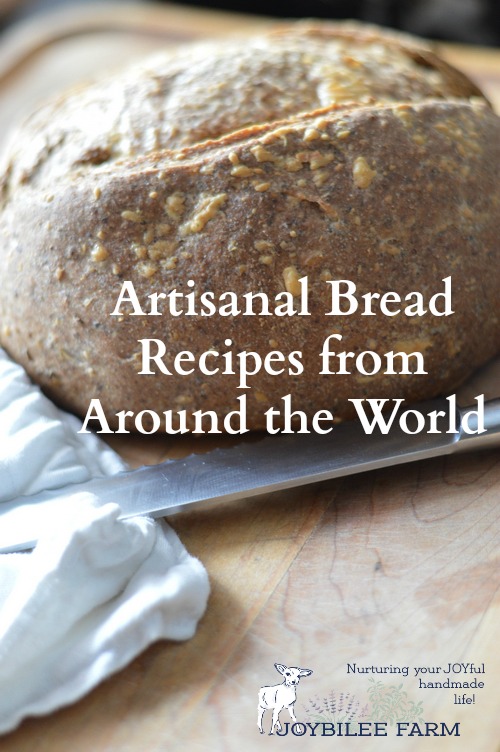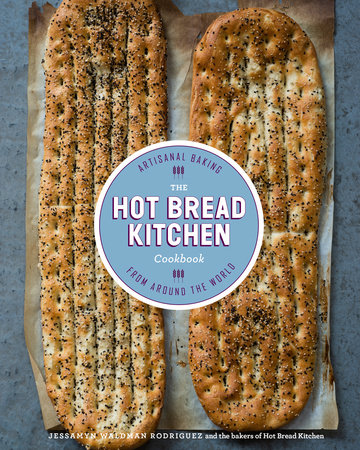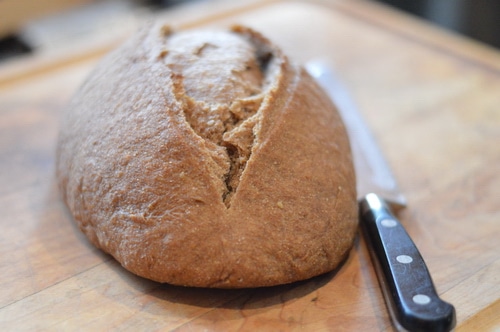Book review: The Hot Bread Kitchen Cookbook, artisanal baking from around the world. Jessamyn Waldman Rodriguez. Clarkson Potter Publishers, NY, 2015
5 star
Bread is synonymous with food. In fact, it’s so tied up with our concept of eating that it’s considered sacred in many cultures. We use it to symbolize our covenant with God Himself. We “break bread” with others that we care about. And many of our traditions, celebrations, and rituals are punctuated by the baking and eating of bread.
In this book, the stories of immigrant women to the USA are intertwined with the bread recipes that they brought with them into the diaspora. The Hot Bread Kitchen is a social enterprise bakery in New York City that specializes in giving jobs and skills to immigrant women. This cookbook was baked in the oven of that social enterprise. Each bread recipe is sandwiched between the stories of the women who bake each type of bread. The stories set this cookbook apart from all the other bread cookbooks in cookbook land.
Bread recipes
Hot Bread Kitchen Cookbook, The Hot Bread Kitchen Cookbook: Artisanal Baking from Around the World starts with unleavened bread recipes like matzo, chapatis, and m’smen. It moves into slightly leavened breads, like naan, pita, and focaccia.
There is a chapter devoted to making tortillas from scratch beginning with preparing the mesa from dried dente corn soaked with diluted calcium hydroxide. This process is fascinating. Just looking at the pictures makes a DiYer start looking for certified organic dente corn on the internet. The chapter includes a beautiful tutorial on the “correct” way to make tacos.
The book moves into the more complicated breads that begin with a long fermentation. This includes tips on shaping the loaves for the more traditionally shaped bakery breads like batard, boule, rye bread, and other loaves that we think of as classic wood-fired oven breads.
Enriched loaves like challah, sandwich bread, baguettes, and monkey bread are also included. This chapter is more diverse. There are tutorials of different ways to braid challah. There are also other rolls and bread that use the egg enriched challah bread as a base.
The final chapters of the Hot Bread Kitchen Cookbook offer bread
recipes for filled dough, holiday baking, and finally what to do with leftover bread.
Included in the book are recipes that complement the freshly baked bread. The photography is tantalizing. The ethos is impressive. “To riff on a classic proverb, we teach women to fish. But we also show them how to fillet their catch, batter, and fry it, and then sell their fish with an appropriate markup.” (p. 269).
If you are getting bored with your weekly baking, this book will inspire you with creative ways to use your dough. If you love stories of women who are moving from poverty to happiness, you’ll love the stories that flank each recipe. If you live in NYC, lucky you.
You can buy The Hot Bread Kitchen here.
Disclaimer:
I received this book from Blogging for Books for this review.






Leave a Reply